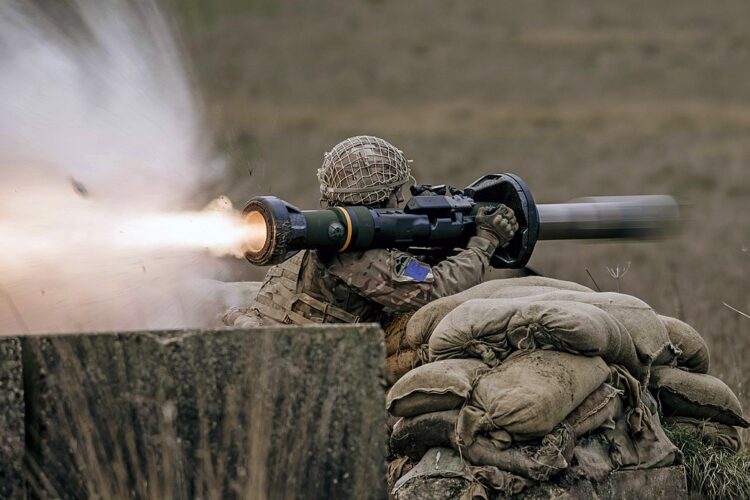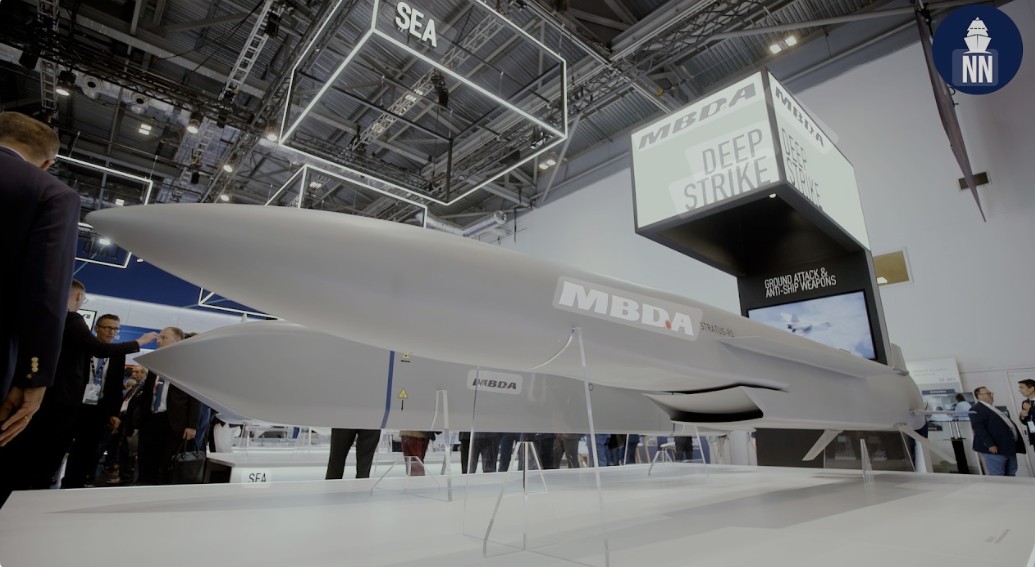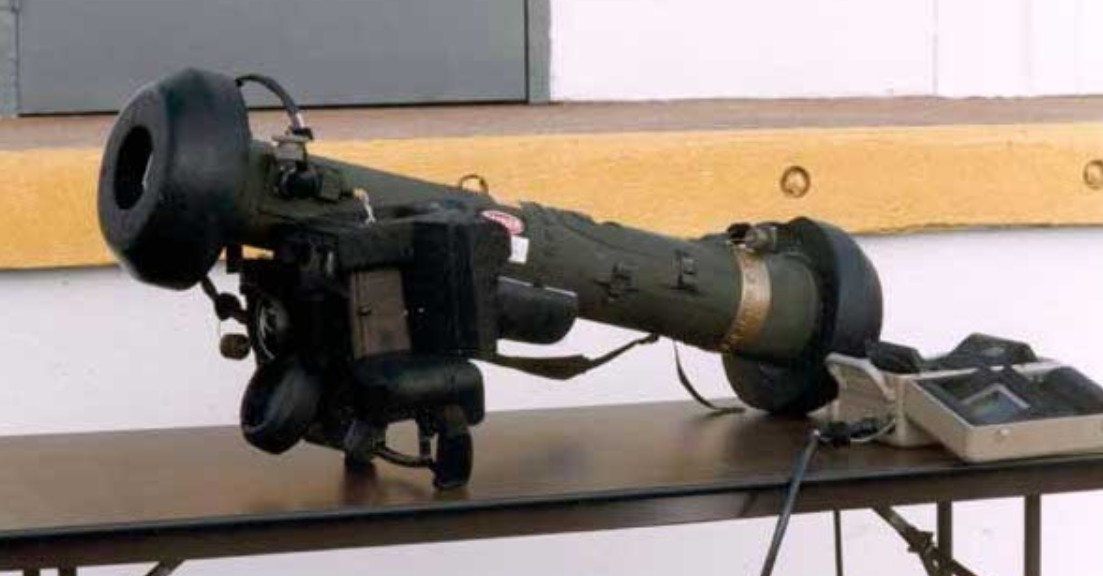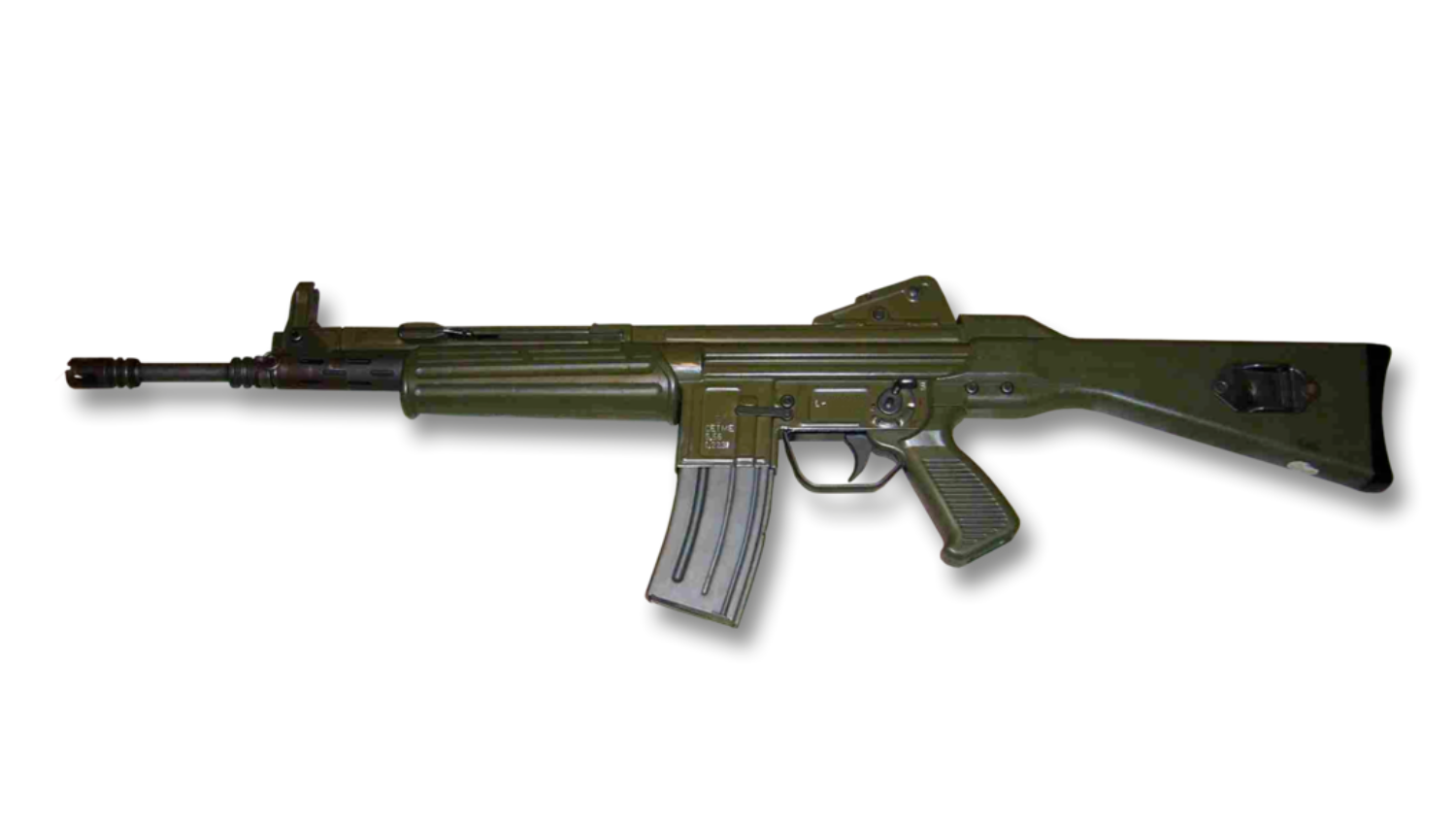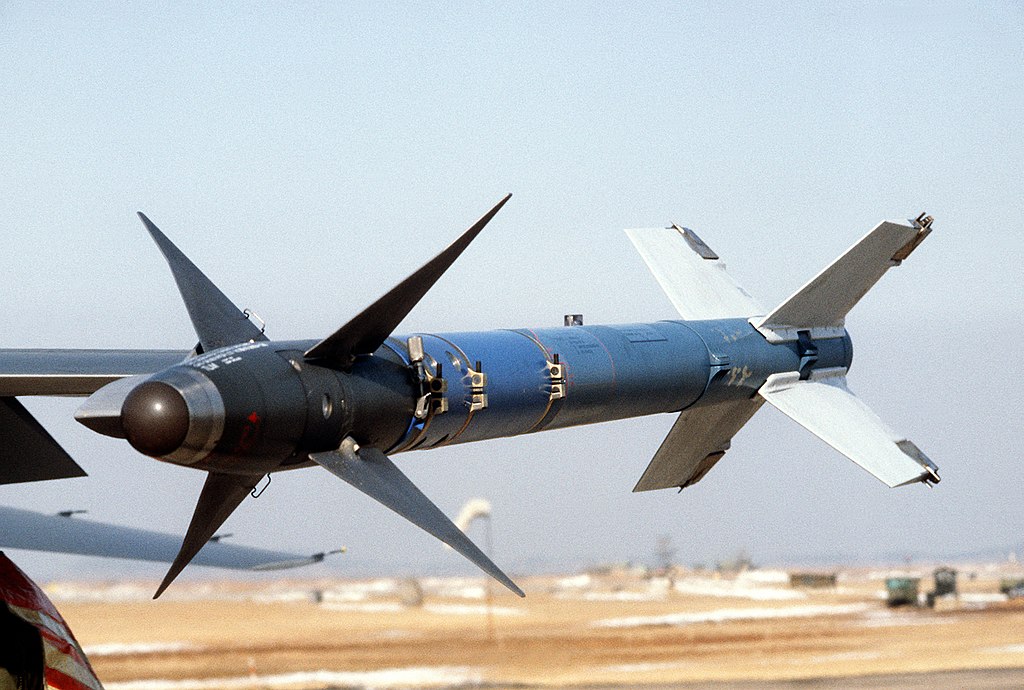Introduction
The need for a highly effective and portable anti-tank weapon has always been a priority for modern militaries. The evolution of armored vehicles and tanks has made it crucial for infantry units to have a weapon capable of neutralizing such threats efficiently. One system that has emerged as a game-changer in modern warfare is the Next-Generation Light Anti-Tank Weapon (NLAW). This article will explore the features and capabilities of the NLAW and its significance on the battlefield.
Overview
The NLAW is a man-portable, shoulder-launched anti-tank weapon designed to engage and destroy armored vehicles at close and medium ranges. It is a result of collaboration between Saab Bofors Dynamics and Thales Air Defence, two renowned defense companies known for their expertise in weapon systems. The NLAW is currently in service with numerous armed forces worldwide and has proven to be a reliable and effective weapon.
Specifications
| Length | 1,070mm |
|---|---|
| Weight | 12.5kg |
| Caliber | 150mm |
| Effective Range | 600m |
| Warhead | Tandem Shaped Charge |
| Penetration | RHA Equivalent 600mm+ |
Features
- Fire-and-Forget Capability: The NLAW is a fire-and-forget weapon, meaning once fired, it does not require the user to guide it to the target. This feature allows the operator to quickly engage armored vehicles without exposing themselves to return fire.
- Top-Attack Mode: The NLAW has a top-attack mode, which enables it to strike the vulnerable upper surfaces of vehicles, where the armor is usually thinner. This mode increases the weapon’s effectiveness against heavily armored targets.
- Wireless Command Link: The NLAW utilizes a wireless command link between the weapon and the launch tube, ensuring accurate targeting and minimizing the risk of misfire or interception.
- High Penetration Capability: Equipped with a tandem shaped charge warhead, the NLAW has excellent penetration capabilities, allowing it to defeat even the most heavily armored vehicles on the battlefield.
Operational Use
The NLAW has been extensively used in various conflict zones worldwide and has proven its effectiveness in real combat situations. Its lightweight and compact design make it suitable for both dismounted infantry and mechanized units. The NLAW has been utilized in numerous roles, including infantry support, urban warfare, and defensive operations.
One notable advantage of the NLAW is its ease of use. Its intuitive fire-and-forget system enables soldiers with minimal training to rapidly engage armored targets. The wireless command link further simplifies the operation, ensuring a high first-hit probability even in challenging situations.
Conclusion
The NLAW has established itself as a next-generation anti-tank weapon that fulfills the requirements of modern warfare. Its lightweight and portable design, coupled with its fire-and-forget capability, make it an indispensable asset for infantry units. With its top-attack mode and high penetration capability, the NLAW can effectively engage and neutralize armored threats on the battlefield. As the technological advancements in armored vehicles continue, the NLAW represents a crucial defensive tool for modern militaries.
